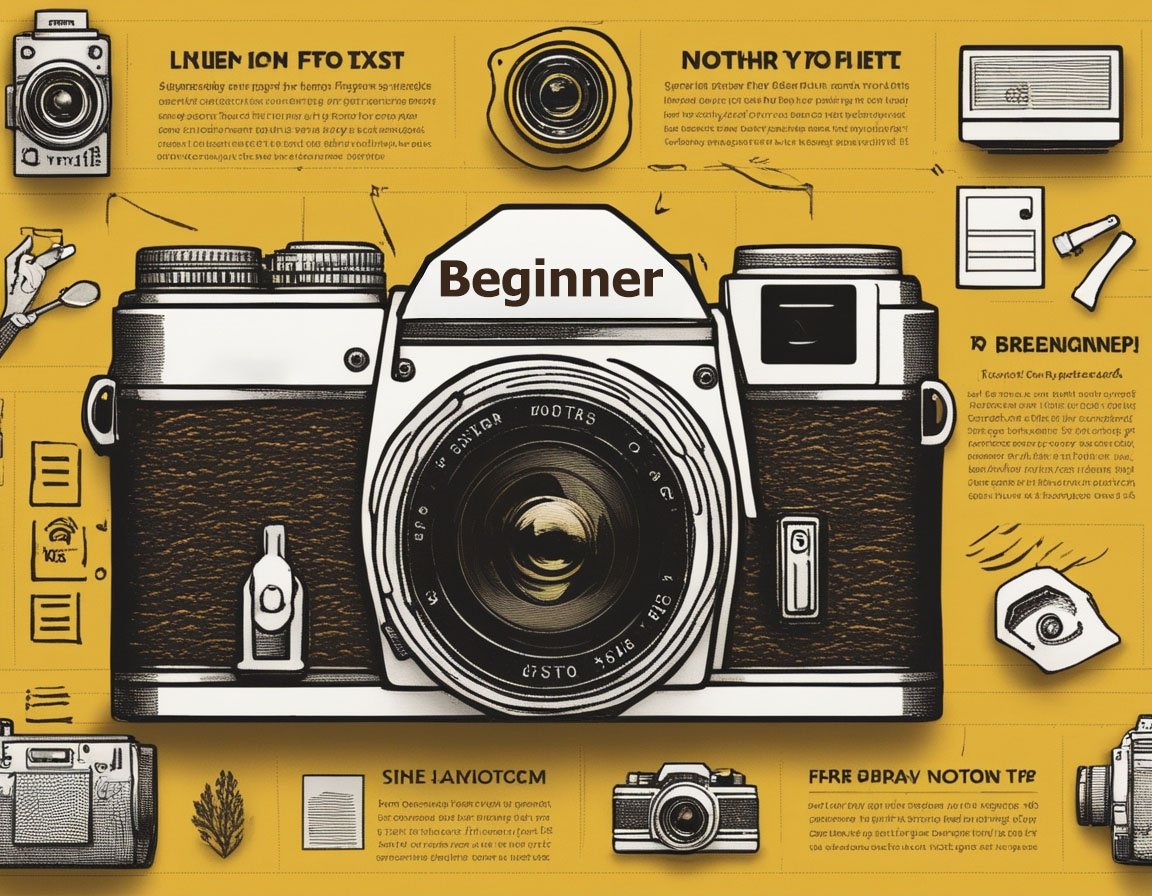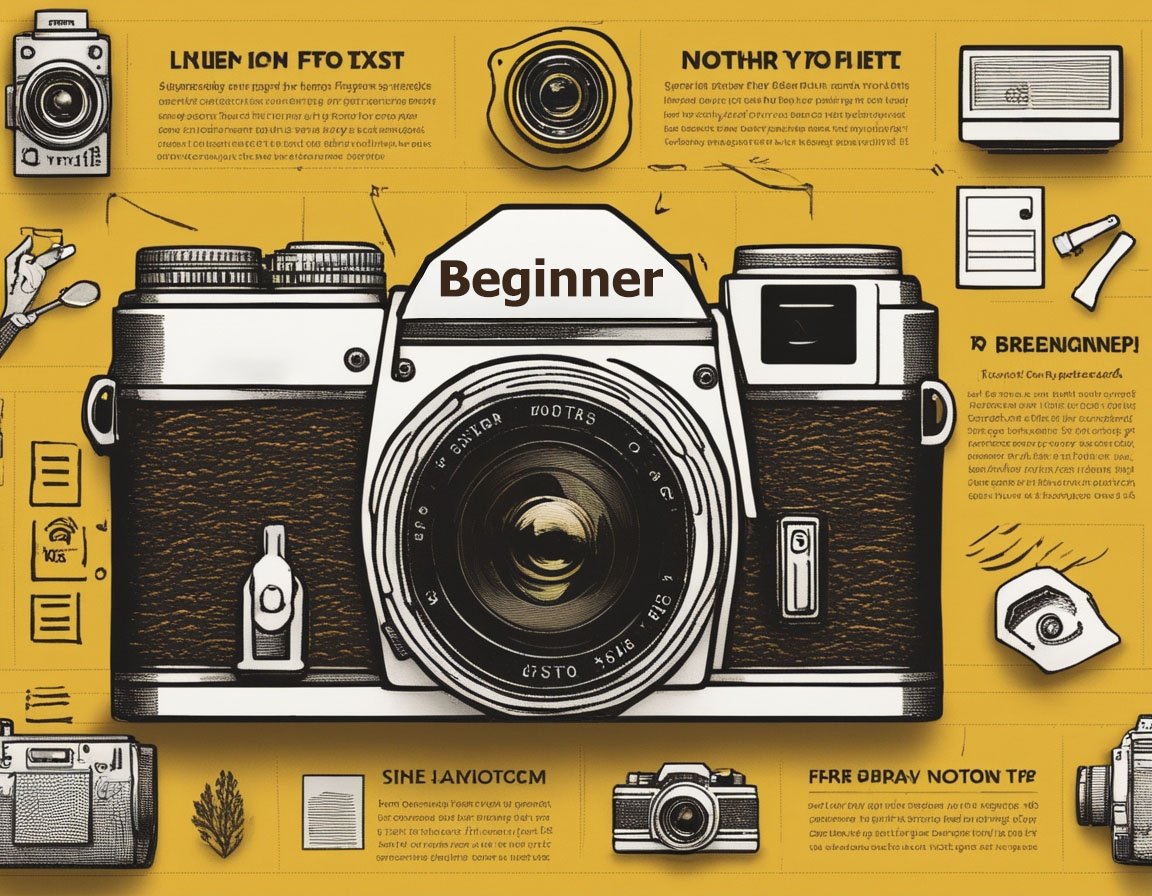Capturing the perfect photograph hinges significantly on how you hold your camera. Proper camera handling is an intricate dance that directly influences image quality, focus sharpness, and overall composition. With the proliferation of digital cameras and smartphones, understanding the nuances of camera holding techniques has become increasingly vital for both amateur photographers and seasoned professionals.
One critical aspect of holding your camera accurately is stability. Stability eliminates camera shake, which is a common cause of blurred photos. When handholding a camera, the right grip can be your best friend. Utilize your dominant hand to grip the camera body, ensuring that your index finger rests on the shutter button. Simultaneously, your left hand should support the camera or, if using a DSLR, cradle the lens. This dual-handed technique creates a stable base, significantly minimizing the risk of unintended movements. Additionally, it’s advisable to use your body as a tripod replacement by tucking your elbows into your torso. This small adjustment can drastically reduce shake, especially in low-light conditions.
The ergonomics of your stance also play a crucial role. Proper posture involves standing with your feet shoulder-width apart to form a stable foundation. Distributing your weight evenly and slightly bending the knees can offer improved steadiness. By maintaining this solid footing, photographers can prevent swaying, which is crucial when capturing long-exposure shots or when a tripod isn’t available. For even greater control, lean against a wall or sturdy surface to further bolster stability.
Another overlooked element is the photography technique known as ‘breath control.’ This method is often employed by snipers for precision—demonstrating its effectiveness in reducing tremors. Before pressing the shutter button, take a deep breath, hold it momentarily, and gently exhale while taking the shot. This controlled breathing minimizes body movement, particularly when working in delicate lighting situations or when the shutter speed is slow.
Proper handling extends beyond just manual settings and uses. Understanding how to adjust the camera’s position to the environment can enhance photo quality. For instance, when photographing at unusual angles or in unfriendly terrains, utilizing camera straps effectively can provide extra support. A neck strap or wrist strap provides a fail-safe against accidental drops, enabling more freedom in angling for high or low shots without compromising the grip on your camera.
Mastering camera holding techniques also intertwines closely with understanding and utilizing features like image stabilization (IS). While IS can counteract minor shakes, it should not be solely relied upon. Hand position and stance remain paramount; IS should only serve as an auxiliary measure to further enhance image quality. However, when used in tandem with correct camera holding, IS can empower users to experiment with slower shutter speeds without sacrificing image fidelity.
Another dimension to consider is equipment weight. DSLRs and mirrorless cameras can vary significantly in weight, affecting how they should be held. Larger, heavier cameras necessitate a firm grip and often a reconfiguration of your hand positioning to balance the additional weight. Conversely, compact cameras or smartphones require a lighter hand to prevent tension-induced shaking, which can detract from photo sharpness.
Creative techniques like panning, in which the photographer moves the camera in sync with a moving subject, also require specific holding strategies. Here, keeping the camera stable while simultaneously tracking the subject can create stunning motion blur in the background, emphasizing the subject’s motion. A steady, smooth hand is critical to achieving this effect without introducing unwanted blur.
Practicing different hand-held photography scenarios can significantly improve overall technique. Stress-testing various grips and stances under different lighting conditions allows photographers to adaptively solve stability challenges. Regular practice builds muscle memory, enabling swift, instinctive adjustment to unexpected conditions, such as gusts of wind or uneven surfaces.
Furthermore, the integration of tripods or monopods can simplify holding technique challenges. While not strictly hand-held, these accessories can facilitate long-exposure photography, minimize fatigue during prolonged shoots, and aid in achieving perfect composition. However, even when using these devices, a stable hand is essential to fine-tune adjustments without introducing vibration.
Engaging with these various aspects of camera handling not only influences the technical quality of the photograph but also contributes to a more satisfying and successful photography experience. Photographers who master these techniques find themselves more confident and dynamic, capable of cozying up to the complexities of different environments and subjects. Holding your camera correctly is more than a technique; it’s the foundation for unlocking your creative potential in the photography world.



